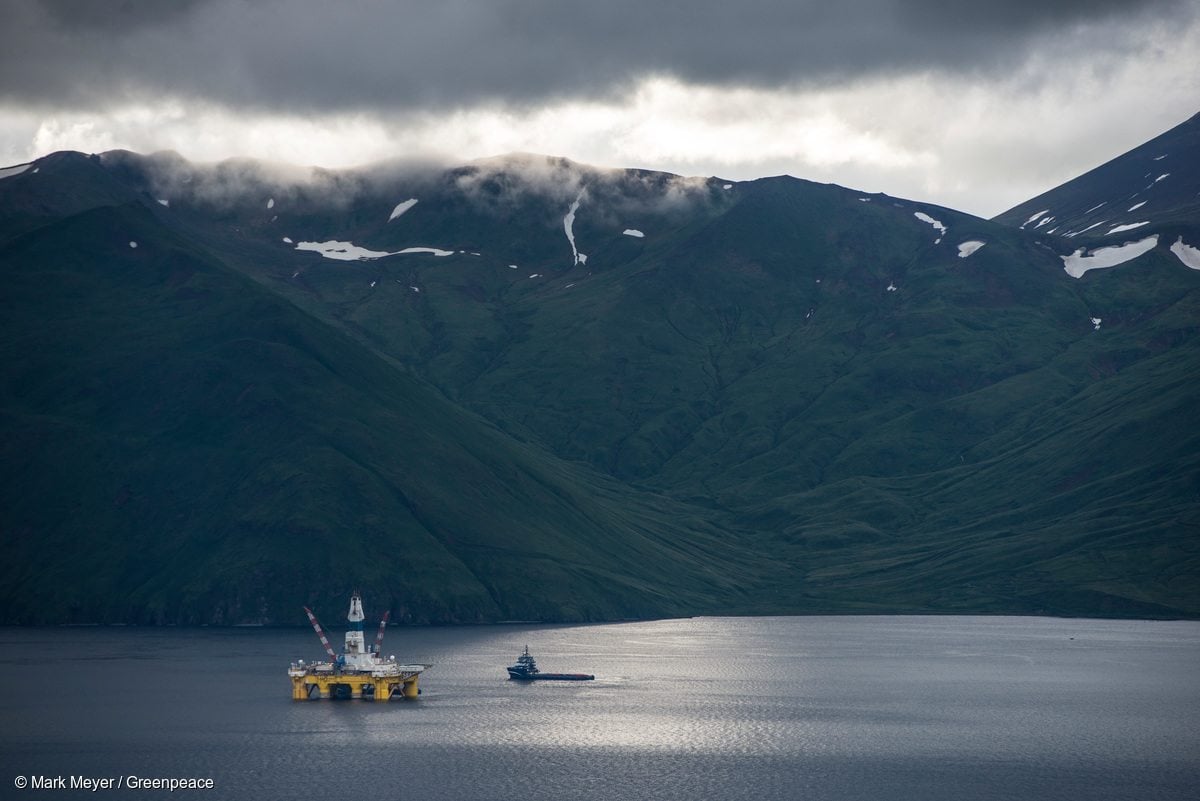Last week, the Inspector General of the Department of the Interior released a report that uncovered serious problems at the Bureau of Ocean Energy Management (BOEM). BOEM is the division of the Department of Interior responsible for regulating oil companies who bid for offshore oil drilling opportunities in the United States.
According to the Inspector’s recent investigation, the regulatory agency has been bending over backwards for years to help Shell embark on its quest to find Arctic oil, a project the oil giant recently abandoned after investing five years and more than $7 billion dollars trying to drill for hydrocarbon fuels in the icy and unpredictable waters of the Arctic Ocean. Shell’s Arctic oil plan was one of the costliest oil drilling projects in the history of fossil fuel extraction.
Information is now surfacing that reveals how top Department of Interior officials rushed environmental impact research and forced scientists to work long hours to avoid being blamed for delaying Shell’s drilling and investment timeline.
Some of the most troubling accounts of agency misconduct trace back to two years ago, in January 2014, when a federal court ruled that the environmental impact statement that was being used to inform the safety and regulatory environment around Shell’s Arctic plans was deeply flawed. The court said that the federal agency had based its policy decisions on unrealistically low estimates of potentially available oil, meaning that the assessment of potential environmental damage to the ecologically fragile area was inadequate.
Drafting an environmental impact statement is a process that can typically take years, but in 2014 the Department of Interior forced researchers to work nights and weekends to finish the new draft in months. When one of the regional managers raised issues with the rushed timeline, her manager reportedly told her to “stop her ‘naysaying'” and to instead encourage employees working on the project to meet the challenge and produce a quality product.”
Several scientists and managers at BOEM quit over the rushed timeline and others stated that it had compromised the quality of the document.
Typically, environmental impact assessments are done before an oil company receives the rights to drill. But according to reports from DOI employees it had seemed like the decision to allow the company to drill in the Arctic had already been made. The DOI just needed to get the required research out of the way so Shell could continue with its drilling plans.
For now, Shell has quit its Arctic project, but other companies are already vying to travel north to the region to pick up where Shell left off.
And with this glimpse into regulatory culture around oil extraction in the Arctic, we’re terrified of what could happen next. What happens in the Arctic doesn’t stay in the Arctic. Melting ice sheets cause the ocean to absorb heat from the sun, worsening the effects of global warming. The Arctic is already warming twice as fast as the rest of the world.
But we’re not going to see the kind of reforms and accountability needed to ensure that our government is working to protect our planet — and our future — without a fight. Stay tuned.



